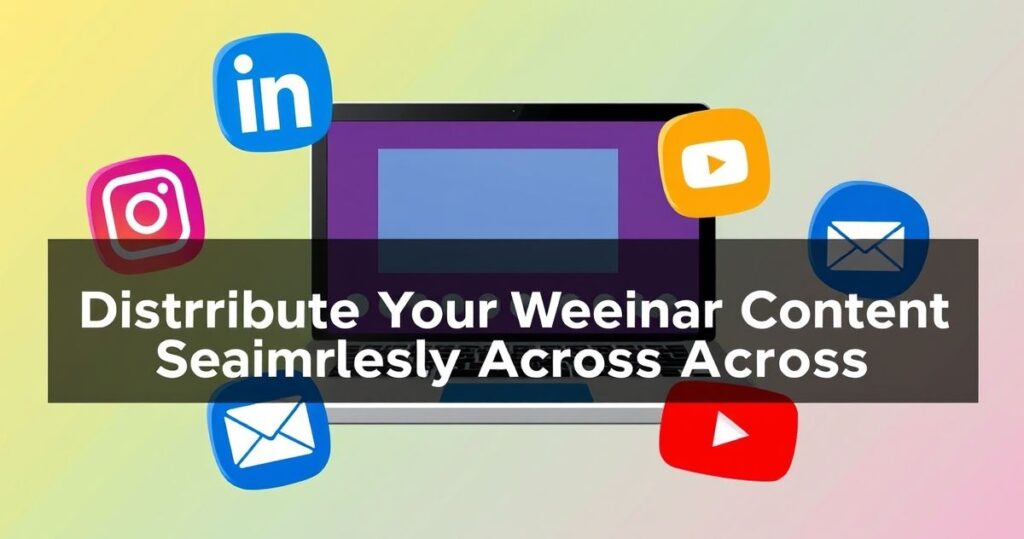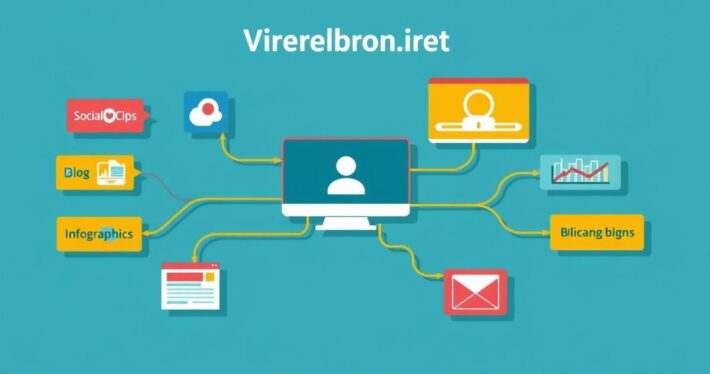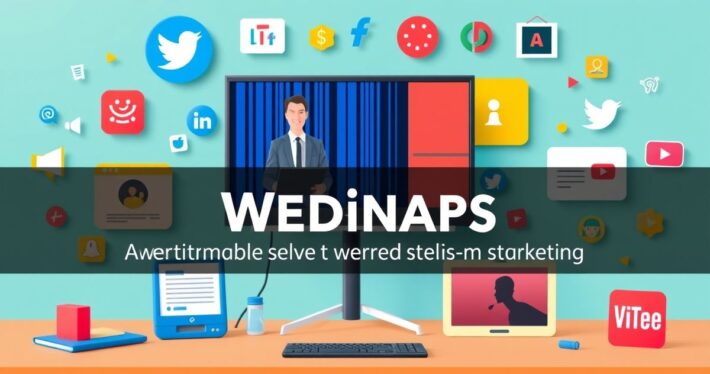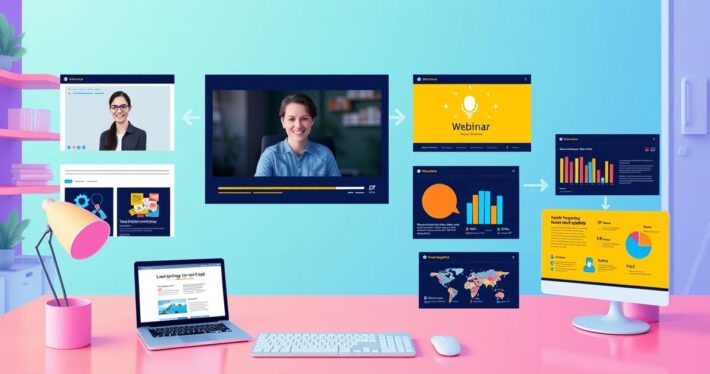How to distribute webinar content across every platform seamlessly.

Creating a high-quality webinar is only half the battle. The real magic happens when you distribute that content across multiple platforms to maximize its reach, engagement, and ROI. But let’s be honest—managing this process can feel like juggling flaming torches while riding a unicycle. How do you ensure your webinar content doesn’t just sit on your hard drive collecting digital dust?
The key is a strategic, seamless distribution plan tailored to your audience and goals. Whether you’re a seasoned marketer or a webinar newbie, this guide will walk you through the steps to distribute your webinar content across every platform effectively.
Why Webinar Content Distribution Matters
Think of your webinar as the centerpiece of a feast. Sure, it’s impressive on its own, but it’s the side dishes (repurposed content) that make the meal unforgettable. Distributing your webinar content across platforms ensures you’re reaching your audience wherever they are—whether they’re scrolling LinkedIn, binge-watching YouTube, or diving into their email inbox.
But it’s not just about reach. It’s about creating multiple touchpoints that reinforce your message, build trust, and drive action. According to a study by Demand Gen Report, 95% of webinar attendees say they want a visual format to follow up on the content they consumed. That’s a golden opportunity to repurpose and distribute.
Step 1: Repurpose Your Webinar Content
Before you distribute, you need to break your webinar down into bite-sized pieces. Here’s how to do it:
Create Short Video Clips
Take the most impactful moments from your webinar and turn them into 30-60 second clips. These are perfect for platforms like Instagram Reels, TikTok, and YouTube Shorts. For example, if your webinar had a powerful testimonial or a key takeaway, highlight it in a clip.
Transform Slides into Social Media Posts
Your webinar slides are a goldmine for content. Use tools like Canva or your AI-powered Slide Outline Creator to turn them into eye-catching social media graphics. Add captions that tease the full webinar to spark curiosity.
Write Blog Posts or Articles
Transcribe your webinar and repurpose it into a long-form blog post. Break it into sections with actionable tips, and include a call-to-action (CTA) to watch the full webinar. This not only boosts SEO but also provides value to those who prefer reading over watching.
Develop Email Sequences
Your webinar content can fuel an entire email campaign. Send follow-up emails with key insights, links to the full recording, and additional resources. Pro tip: Use your Webinar Offer Builder to structure these emails around your core offer.
Step 2: Choose the Right Platforms
Not all platforms are created equal. Each has its own strengths and audience preferences. Here’s a breakdown:
Social Media Platforms
- LinkedIn: Ideal for B2B webinars. Share thought leadership insights, video clips, and polls.
- Instagram: Use Stories, Reels, and carousel posts to showcase key takeaways.
- Facebook: Great for live replays and community engagement.
- YouTube: Upload the full webinar or break it into a playlist of shorter videos.
Email Marketing
Email remains one of the most effective channels for webinar follow-ups. Segment your list to send personalized content based on attendee behavior (e.g., watched live vs. missed).
Your Website
Embed the webinar recording on a dedicated landing page. Use your High-Value Bonus Brainstormer to create exclusive bonus content for visitors who sign up to watch.
Paid Advertising
Use platforms like Google Ads or Facebook Ads to retarget webinar attendees or promote the recording to a broader audience.
Step 3: Automate Your Distribution
Manually posting content across platforms is time-consuming and prone to errors. Here’s how to automate:
Use Scheduling Tools
Tools like Hootsuite, Buffer, or Later allow you to schedule posts across multiple platforms in advance. Set it and forget it!
Leverage AI-Powered Tools
Our AI-powered ecosystem can streamline the process. For instance, the Slide Outline Creator ensures your slides are optimized for repurposing, while the Risk-Reversal/Guarantee Generator helps craft compelling CTAs for every platform.
Set Up Drip Campaigns
Automate your email follow-ups with tools like Mailchimp or ActiveCampaign. Create a sequence that delivers value and nurtures leads over time.
Real-World Example: How XYZ Company Boosted Engagement
Let’s look at a case study. XYZ Company hosted a webinar on digital transformation. Here’s how they distributed the content:
- Week 1: Posted short video clips on LinkedIn and Instagram, driving traffic to the full webinar.
- Week 2: Sent a series of emails with key insights and a CTA to book a consultation.
- Week 3: Published a blog post summarizing the webinar, optimized for SEO.
- Week 4: Ran retargeting ads on Facebook to re-engage attendees.
The result? A 40% increase in lead conversions and a 25% boost in social media engagement.
Common Challenges (and How to Overcome Them)
Challenge 1: Time Constraints
Solution: Batch your content creation. For example, record and edit all your video clips in one sitting, then schedule them for release over several weeks.
Challenge 2: Platform Overload
Solution: Focus on 2-3 platforms where your audience is most active. It’s better to excel on a few than to spread yourself thin.
Challenge 3: Content Fatigue
Solution: Vary your content formats. Mix videos, infographics, and blog posts to keep your audience engaged.
Final Thoughts
Distributing webinar content across every platform doesn’t have to be overwhelming. With a strategic plan, the right tools, and a bit of creativity, you can turn a single webinar into a content powerhouse that drives engagement and conversions.
Remember, the goal isn’t just to distribute—it’s to connect, educate, and inspire your audience. So, what are you waiting for? Get out there and start sharing your masterpiece!



